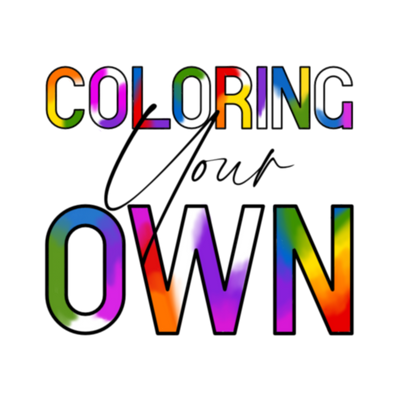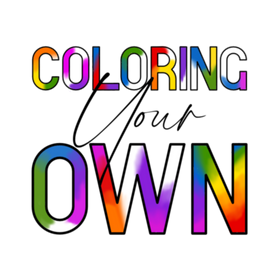GRAY - An Overview

Gray is often considered to be a neutral color, and is often used in design and fashion as a backdrop or complement to other colors. However, gray is far from boring or uninteresting. In fact, this complex and versatile color has a range of meanings and associations that make it a popular choice for a variety of applications.
Color Therapy and Gray
In color therapy, gray is often associated with neutrality, calmness, and balance. It is considered to be a good choice for those who are seeking a sense of stability or who need to restore a sense of balance in their lives. Gray can also be used to help with anxiety or stress, as it can help to promote a sense of calm and tranquility.
Chakra Studies and Gray
In chakra studies, gray is associated with the root chakra, which is located at the base of the spine. The root chakra is associated with grounding, stability, and security, which are all qualities that are associated with the color gray. When the root chakra is balanced and open, individuals may feel more grounded and connected to the earth.
Marketing Research and Gray
In marketing research, gray is often associated with sophistication, elegance, and professionalism. It is often used in marketing and branding for luxury products and high-end services. Gray can also be used to evoke feelings of reliability, practicality, and responsibility.
Psychological Effects of Gray
Psychologically, gray can have a range of effects on individuals, depending on the specific shade and context in which it is used. Lighter shades of gray are often associated with calmness, serenity, and balance, while darker shades may be associated with sadness, depression, or negative emotions. Gray can also be associated with neutrality, boredom, or indecision.
Personality and Gray
In terms of personality, individuals who are drawn to gray may be seen as practical, reliable, and responsible. They may also be perceived as being conservative or cautious. However, gray can also be associated with a lack of energy or creativity, and individuals who are drawn to this color may need to be careful to avoid becoming too passive or unengaged.
In conclusion, gray is a complex and versatile color that can have a range of meanings and associations, depending on the context in which it is used. Whether you are looking to promote a sense of calmness and balance, evoke feelings of sophistication and elegance, or convey a sense of practicality and responsibility, gray can be a powerful tool in your color palette.
Color Therapy and Gray
In color therapy, gray is often associated with neutrality, calmness, and balance. It is considered to be a good choice for those who are seeking a sense of stability or who need to restore a sense of balance in their lives. Gray can also be used to help with anxiety or stress, as it can help to promote a sense of calm and tranquility.
Chakra Studies and Gray
In chakra studies, gray is associated with the root chakra, which is located at the base of the spine. The root chakra is associated with grounding, stability, and security, which are all qualities that are associated with the color gray. When the root chakra is balanced and open, individuals may feel more grounded and connected to the earth.
Marketing Research and Gray
In marketing research, gray is often associated with sophistication, elegance, and professionalism. It is often used in marketing and branding for luxury products and high-end services. Gray can also be used to evoke feelings of reliability, practicality, and responsibility.
Psychological Effects of Gray
Psychologically, gray can have a range of effects on individuals, depending on the specific shade and context in which it is used. Lighter shades of gray are often associated with calmness, serenity, and balance, while darker shades may be associated with sadness, depression, or negative emotions. Gray can also be associated with neutrality, boredom, or indecision.
Personality and Gray
In terms of personality, individuals who are drawn to gray may be seen as practical, reliable, and responsible. They may also be perceived as being conservative or cautious. However, gray can also be associated with a lack of energy or creativity, and individuals who are drawn to this color may need to be careful to avoid becoming too passive or unengaged.
In conclusion, gray is a complex and versatile color that can have a range of meanings and associations, depending on the context in which it is used. Whether you are looking to promote a sense of calmness and balance, evoke feelings of sophistication and elegance, or convey a sense of practicality and responsibility, gray can be a powerful tool in your color palette.


Leave a comment